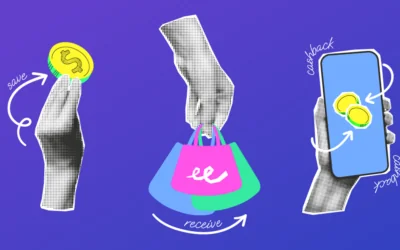The number of banks adopting Personal Financial Management (PFM) solutions has more than tripled in the last 4 years.There is a significant consumer demand for Personal Finance Management (PFM) mobile apps and tools today. With crypto currency and buy-now, pay-later options becoming more prevalent, this isn’t surprising. Many consumers are more interested in closely monitoring their personal financial health. Banks overall realize that PFM is a great opportunity to keep their customers engaged and add value, but they’re not meeting users’ basic expectations. Keeping customers engaged requires more than just displaying information – even with a neat UI design.
But why do banks adopt Personal Finance Management in the first place? What are their true motives and justifications in choosing PFM?
1. To defend their market position
Banks see PFM as a tool to differentiate their brand and create a new valuable service for their customers. To stop third party PFM providers such as Mint.com from stealing their customer interactions. To catch up with competitor banks who have already adopted PFM.
2. To increase customer satisfaction, loyalty & retention
PFM gives customers a heightened sense of convenience, simplicity and organization. To help customers to set and achieve their personal financial goals. To give customers full transparency and awareness of their income and spending, enabling them to manage their finances independently. To meet customer demand for control, which has especially increased since the financial crisis.
3. To boost revenue generation
PFM generates an enormous amount of valuable customer data, which in turn creates cross- and up-sell opportunities. Marketers gain more insight into customer needs and wants. To migrate financial advice out of branches and into digital channels. Including savings and loans business units in online banking enables consumers to apply for new financial products online. Virtually all banks agree that PFM offers new value-added services, which help to make their online banking propositions more attractive. However, banks remain skeptical about the
Return on Investment of PFM. To overcome this uncertainty, banks and vendors must work in tandem to discover and exploit the ROI of PFM.
The consensus is that PFM has huge potential. In the words of Online Banking Report:
“Personal Finance Management (PFM) functionality is the highest potential ROI project for retail financial institutions to implement.”
However, there is a catch – only the banks who are prepared to tap into it will find opportunities to profit.



